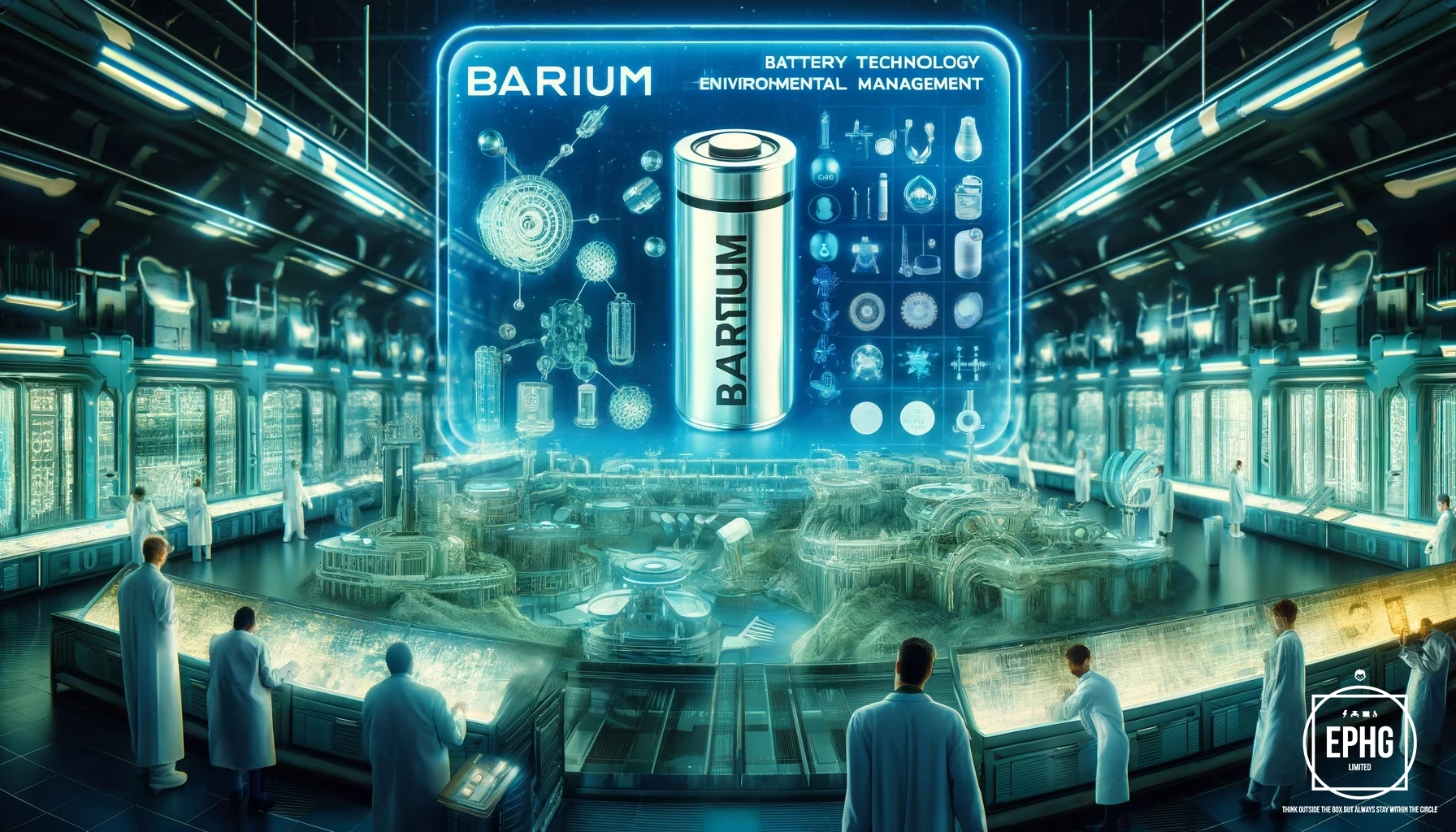Barium (Ba) - A Key Player in the Periodic Table and Modern Science
Explore the fascinating world of Barium, from its unique properties to its wide range of applications in today's technological advancements.
What is Barium?
Barium is a chemical element with the symbol Ba and atomic number 56. It is a soft, silvery alkaline earth metal that is highly reactive, especially in the presence of air or water. Barium is never found in nature in its pure form due to its reactivity but is commonly found in minerals like barite and witherite.
Discovery of Barium

Barium was first recognized as a component of baryte by Carl Wilhelm Scheele in 1774 but was isolated by Sir Humphry Davy in England in 1808 through the electrolysis of molten barium salts. This discovery has since paved the way for numerous scientific and industrial applications.
Barium in the Periodic Table
In the periodic table, Barium occupies a position within Group 2, which comprises the alkaline earth metals. It is known for its high chemical reactivity and its ability to form compounds with other elements, particularly oxygen and sulfur.
Properties and Uses of Barium

Barium has several notable properties, including its high density, which makes it ideal for use in medical imaging to improve the contrast of X-ray and CT images. It is also used in making a variety of compounds used in rat poison and fireworks.
Barium compounds are also utilized in the oil and gas industry as barium sulfate in drilling fluids to increase the density of the liquids.
Modern Applications of Barium
Today, Barium's diverse applications reflect its versatility across different fields. It is essential in the production of glass and ceramics, electronics, and even in green energy solutions where it is used in certain types of batteries and superconductors.

The Future of Barium
As technology advances, the role of Barium is expected to expand, particularly in areas like environmental management and next-generation battery technology. Research is ongoing into new ways to harness its properties for more efficient energy storage systems and pollution control technologies.
How Barium is Produced
Barium is not found in nature in its pure form due to its high reactivity. Instead, it is most commonly produced from the mineral barite (barium sulfate) which is reduced with carbon to yield barium sulfide. The barium sulfide is then converted to the metal by reaction with aluminum or through electrolysis. This process allows for the production of highly pure barium.
Major Sources of Barium

Significant deposits of barite, the primary ore of barium, are found in several countries around the world. Notable mines include:
- El Portal in California, USA – known also for its occurrences of gold and fluorite.
- Jingxi Province in China – rich in both barite and additional elements like sulfur and strontium.
Resources commonly found alongside barite include sulfur, gold, and fluorite, which are often extracted from the same mining operations.
Modern Uses of Barium
Today, Barium is extensively used in various industries:
- Medical: As a contrast agent in radiology to improve the clarity of X-ray images.
- Manufacturing: In the production of glass, ceramics, and paints.
- Pyrotechnics: For the creation of green fireworks.
- Oil and Gas: Barite is used in drilling muds to prevent blowouts.
The Future of Barium in Science and Technology

The potential future applications of Barium are promising, particularly in the areas of:
- Advanced Manufacturing: Utilizing barium titanate for its piezoelectric properties in sensors and actuators.
- Environmental Science: Using barium-containing materials to remove contaminants from water and soil.
- Energy Storage: Research into barium-based materials for use in supercapacitors and batteries is ongoing, with the potential to revolutionize energy storage technologies.












